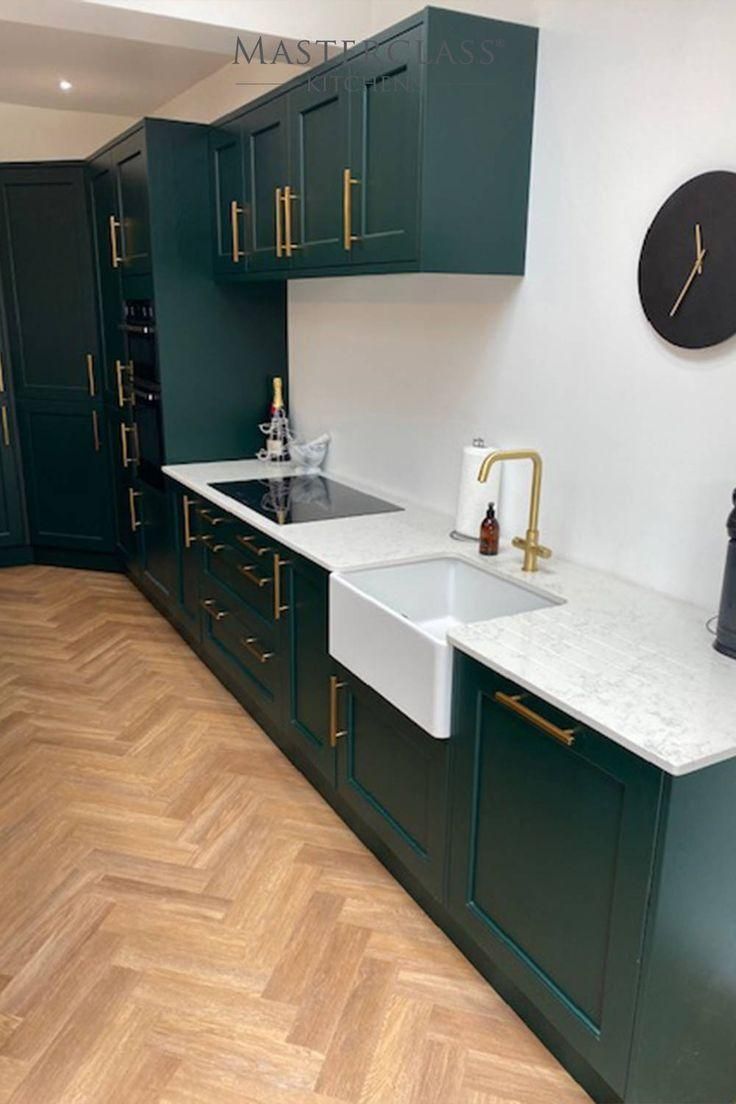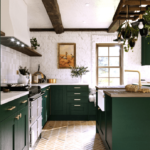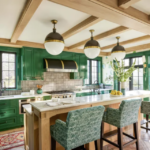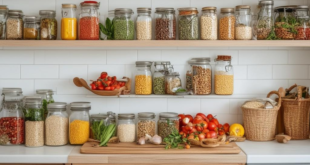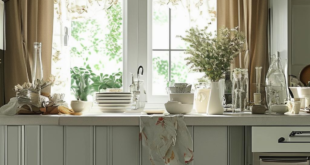Having a green kitchen is not just about the color of the walls or cabinets, but it is also about making environmentally friendly choices in the way you design and operate your kitchen. With growing concerns about climate change and environmental degradation, having a green kitchen is a great way to reduce your carbon footprint and contribute to a more sustainable future.
One of the first steps to creating a green kitchen is to choose energy-efficient appliances. Look for appliances with the Energy Star label, which indicates that they have been certified as energy-efficient by the Environmental Protection Agency. These appliances use less energy, which not only helps the environment but also saves you money on your electricity bills. Additionally, consider switching to induction cooktops, which are more energy-efficient than traditional gas or electric cooktops.
Another important aspect of a green kitchen is reducing waste. This can be achieved by using reusable products, such as cloth napkins and dish towels instead of paper towels, and glass or stainless steel containers for food storage instead of plastic bags or containers. Composting food scraps is also a great way to reduce waste and create nutrient-rich soil for your garden. By being mindful of your waste production, you can help reduce the amount of trash that ends up in landfills.
In addition to reducing waste, using sustainable materials in your kitchen design can also make a big impact. Opt for cabinets made from reclaimed wood or bamboo, which are renewable resources that have a lower environmental impact than traditional hardwoods. Choose countertops made from recycled materials, such as glass or paper composite, instead of non-renewable materials like granite or marble. By selecting environmentally friendly materials, you can create a stylish and eco-friendly kitchen that will stand the test of time.
Lastly, incorporating plants into your kitchen decor can not only add a pop of green color but also improve air quality and create a more relaxing environment. Consider adding an indoor herb garden or hanging planters to your kitchen to bring nature indoors and purify the air. Plants like aloe vera, spider plants, and peace lilies are great options for improving indoor air quality and adding a touch of green to your kitchen.
Overall, creating a green kitchen is all about making conscious choices that prioritize the health of the planet and its inhabitants. By choosing energy-efficient appliances, reducing waste, using sustainable materials, and incorporating plants into your kitchen decor, you can create a beautiful and eco-friendly space that you can feel good about. So next time you’re renovating or updating your kitchen, consider going green and making choices that will benefit both you and the planet.
 Decorationg Interior Design
Decorationg Interior Design
